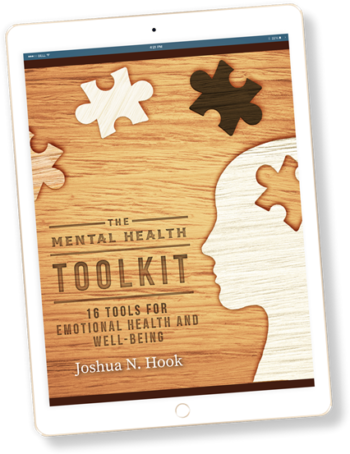3 Ways to Turn Off Your Autopilot
August 7, 2018
Categories: Mindfulness
A lot of times in my life, I’m on autopilot. I’m so used to a routine, I go through the motions without even thinking about it. The conscious part of my brain is turned off, and my autopilot is online. I’m going through life, but I’m not aware or mindful of what I’m doing from moment to moment.
The Autopilot Isn’t Always Bad
The autopilot isn’t all bad. If I had to consciously think about every single thing I did every moment of every day, I would get overwhelmed. I don’t have enough brainpower and conscious attention to focus on every single thing. My brain has to automate certain activities so I can focus my energy and attention on what is most important.
The Problem with the Autopilot
The problem happens when my autopilot is leading me in the direction of something that isn’t good for me. Anything we do over and over again can become a habit, whether it is positive or negative. Going to the gym or drinking lots of water can become a habit, but surfing through channels on your TV and drinking lots of soda can as well. When something becomes a habit, it’s hard to shift gears and do something different. It’s like a tractor following the grooves in a road. Once the tractor has been driven along the same path several times, it tends to stay in the grooves on its own.
3 Ways to Turn Off Your Autopilot
If you find yourself stuck in a habit that isn’t good for you, it’s important to turn off your autopilot. How can you become more aware and mindful of your activities so you are consciously choosing your actions and behaviors, rather than just following your grooves? Here are 3 suggestions:
- Practice mindfulness meditation. Developing a mindfulness and meditation practice is one of the most helpful ways to become aware of your autopilot. When you are mindful, you are present and aware of your thoughts moment by moment. You are able to make conscious choices. There are a lot of different ways to develop a mindfulness meditation practice, but try this to start. Sit on the floor cross-legged with your hands in your lap. Turn off all distractions, like your phone or TV. Set your timer for 5 minutes—start small. Close your eyes. Focus your attention on your breath going in and out, in and out. If a thought or sensation comes into your awareness, notice it, accept it, and let it go, refocusing your attention back to your breath. Do this practice for 5 minutes a day.
- Post a reminder. Put a sticky note on your mirror or desk at work. Write down a reminder that will help you turn off your autopilot. For example, you could write something like “Be conscious” or “Autopilot?” or “Who’s driving?” When you see the reminder, check in with yourself. Are you on autopilot? Or are you being mindful, consciously aware of what is happening in the present moment? If you find yourself on autopilot, focus your attention to the present moment and move forward toward the next task at hand.
- Change something. Change something about what you are wearing today. For example, put your wedding ring on a different finger, or switch your watch to your other wrist. When you notice the change, check in with yourself in a similar way to #2. Are you on autopilot? Or are you being mindful, consciously aware of what is happening in the present moment? If you find yourself on autopilot, focus your attention to the present moment and move forward toward the next task at hand.
Take Home Message: Your autopilot isn’t bad, but when it comes to changing bad habits, your autopilot works against you. The first step to making a change in your life is to turn off your autopilot. Try one of the 3 suggestions to become more mindful of your everyday activities and choices.

Related Thoughts
No Comments
Leave A Comment

Subscribe To My Newsletter
Join my mailing list to receive the latest blog posts.
Receive my e-book “The Mental Health Toolkit” for free when you subscribe.




[…] when trying to change something or quit a bad habit is mindfulness. We spend so much of our life on autopilot. We’re not tuned in to our body, feelings, or experiences, so we end up doing things that […]